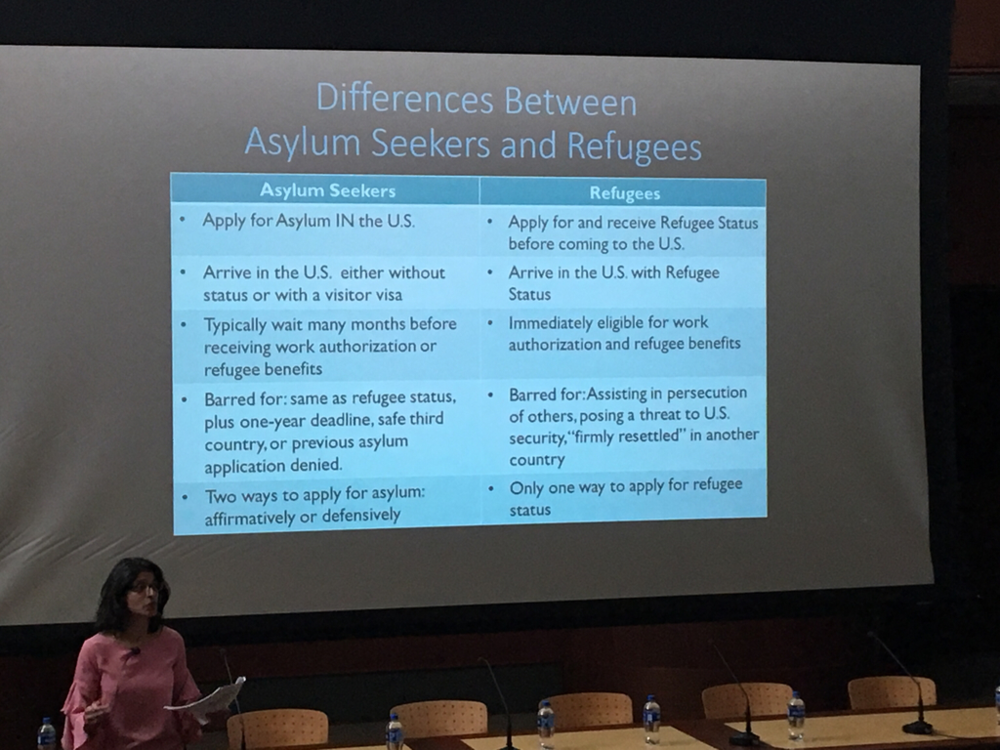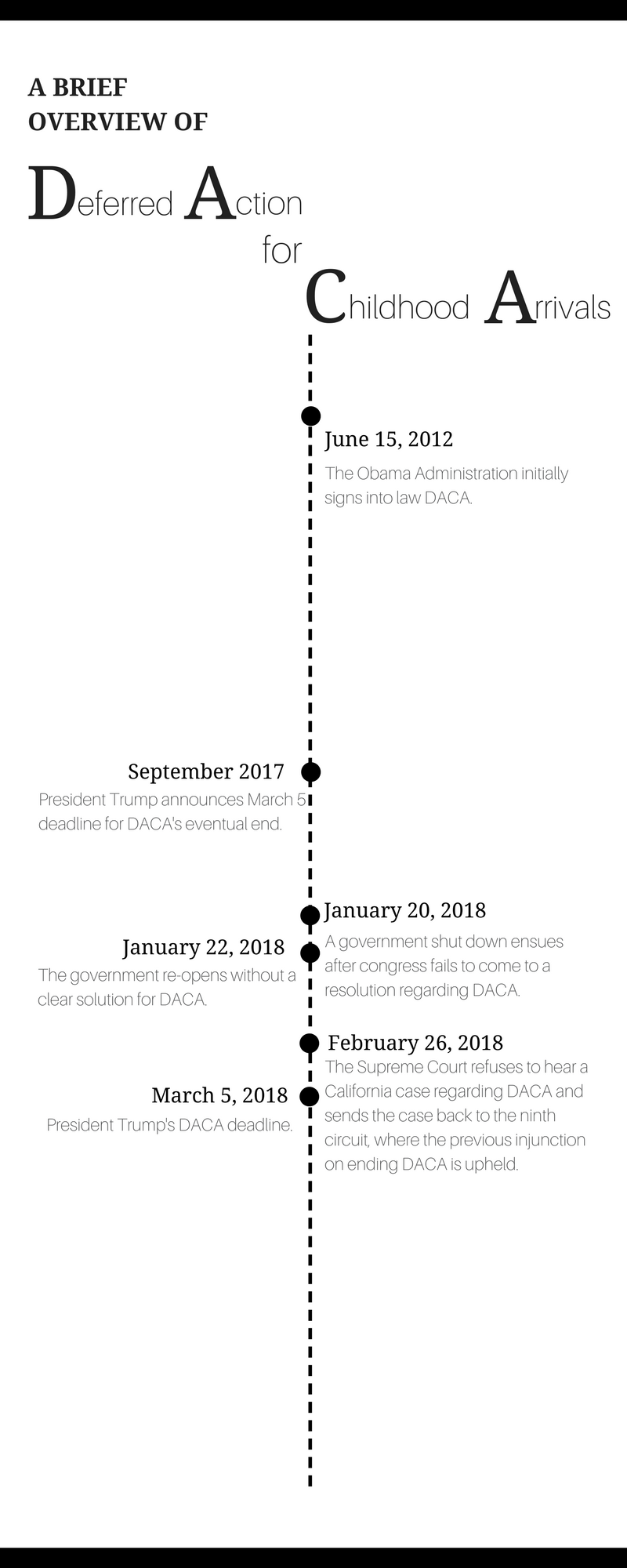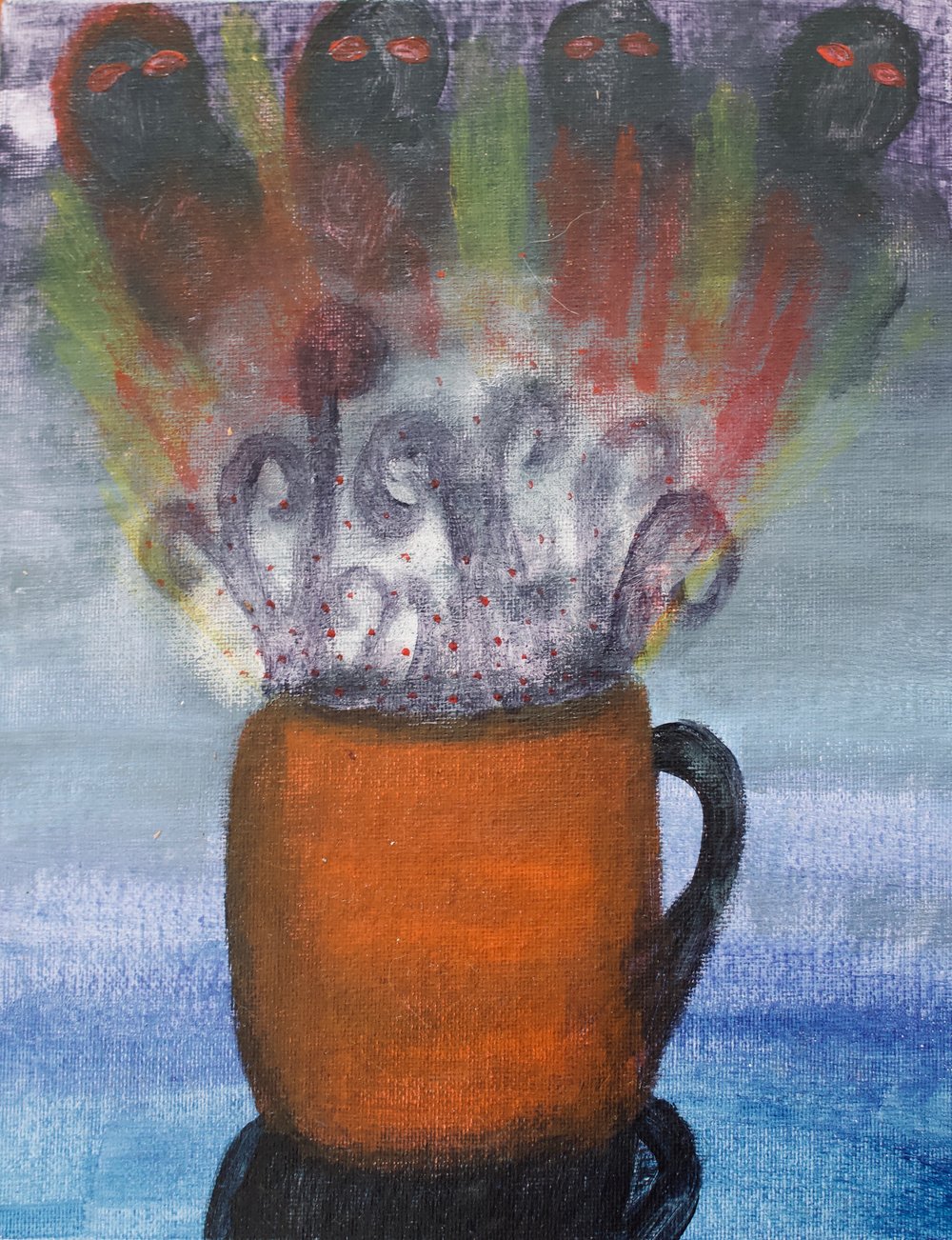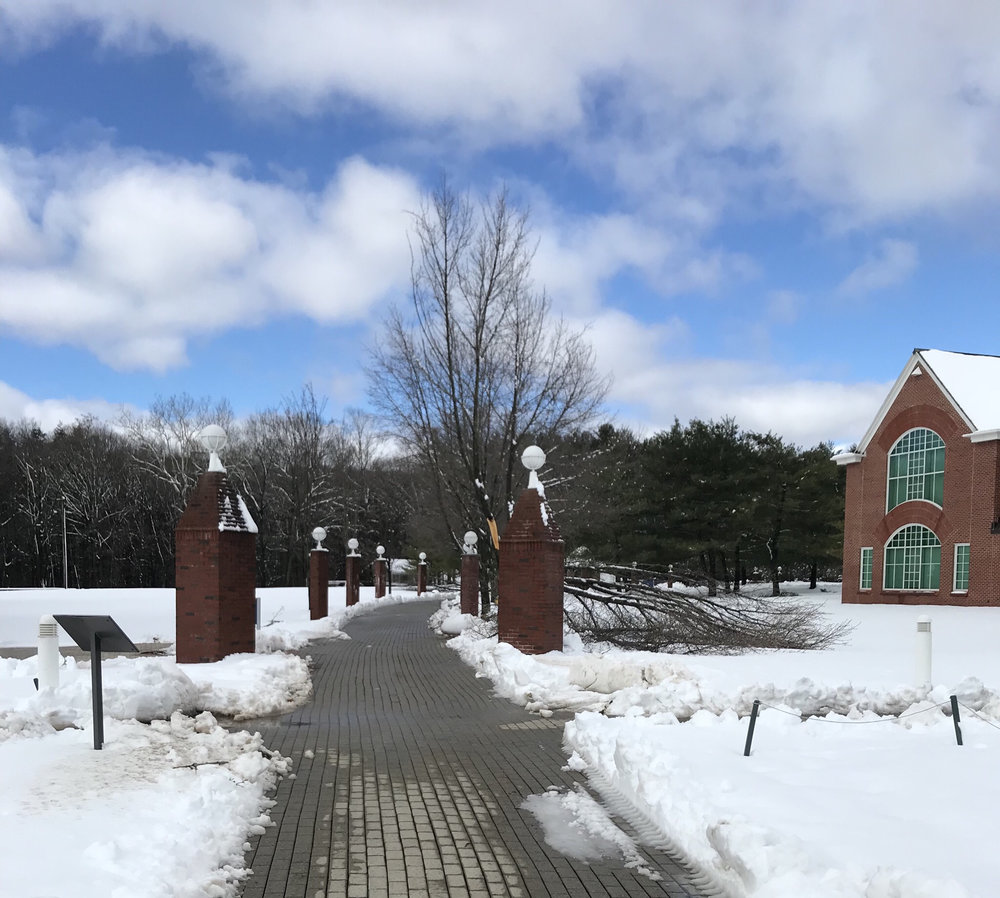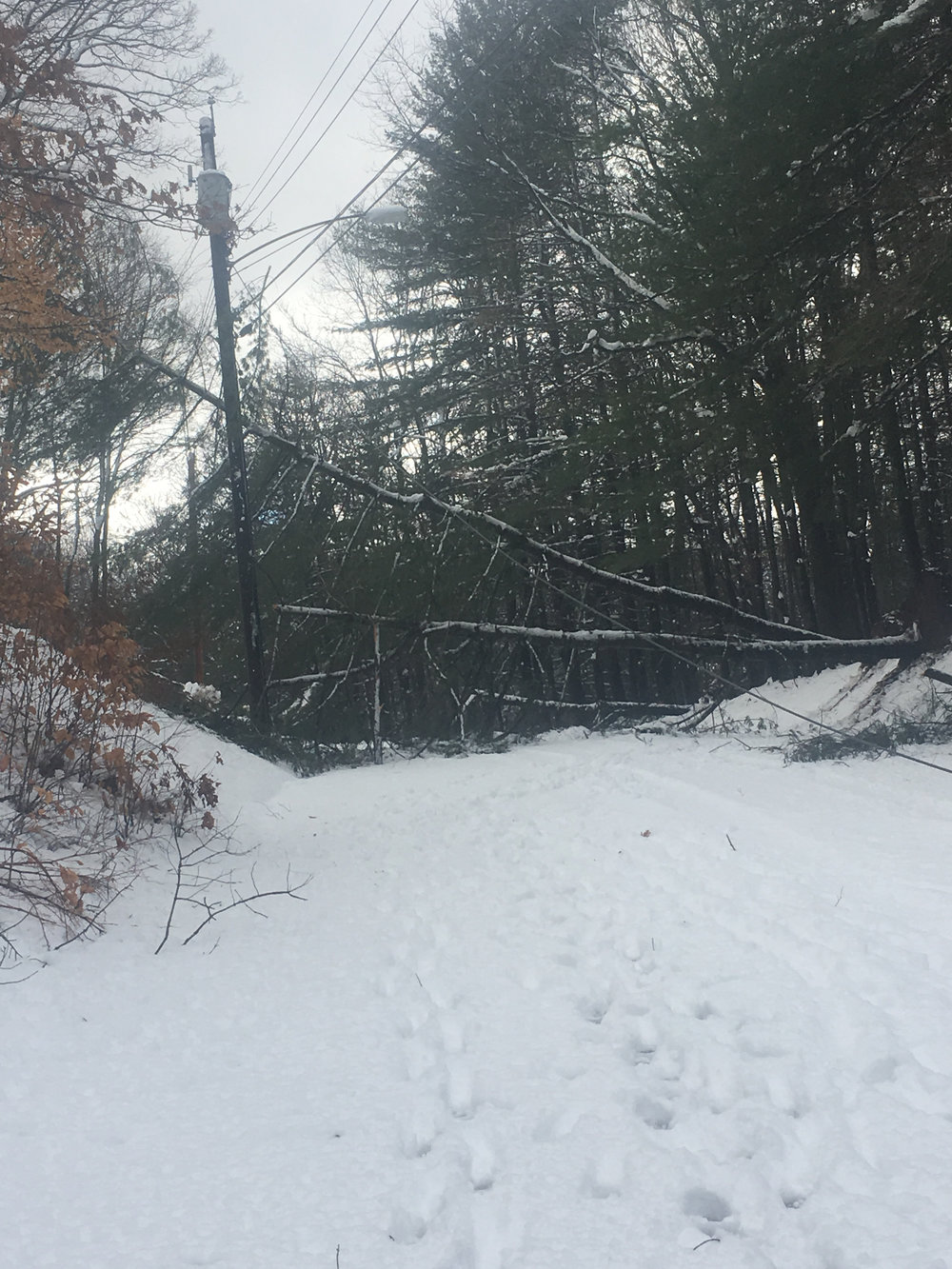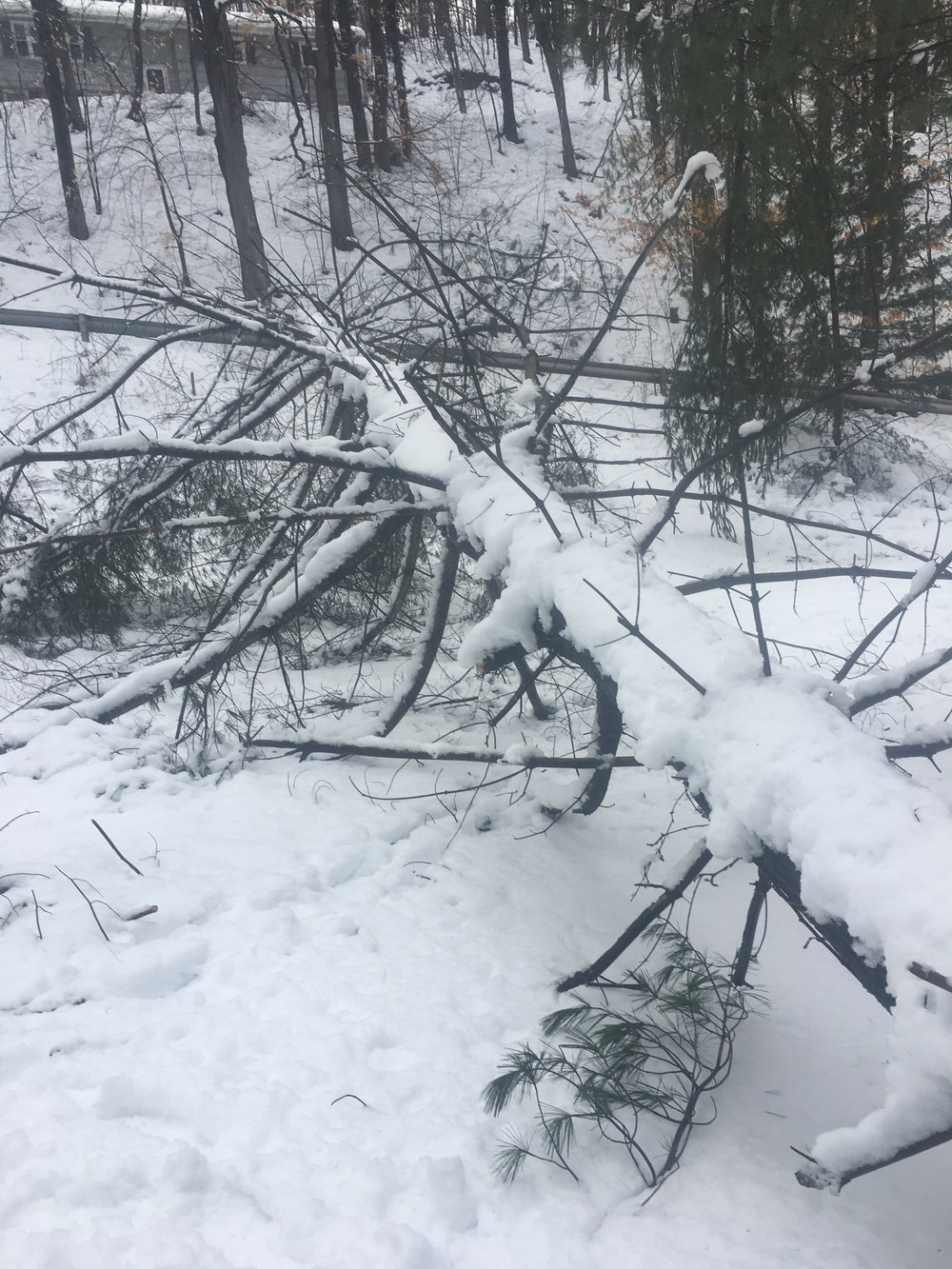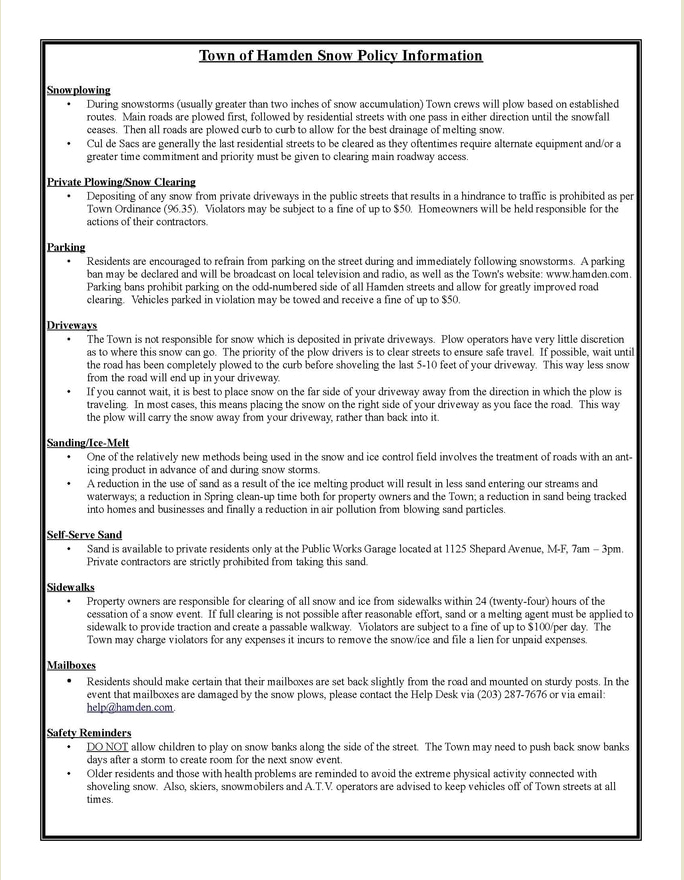
By Thamar Bailey
In early February, a woman gave birth in her cell at York Correctional Institution in Niantic, Connecticut’s only women’s prison. Two days later reports began circulating that the institution was investigating how a child could’ve been born at the facility while health workers knew of the pregnancy.
Only one of the news reports published soon after the incident featured a headline referring to the new mother as a “woman.” Among the other headlines, one labeled her a “prisoner,” five labeled her an “inmate” and the remaining three referred solely to the birth of the baby.
Amber Kelly, a partner of the Quinnipiac University Prison Project and Quinnipiac assistant professor of social work, noted a similar trend. According to Kelly, when the news media refers to the female as an “inmate” or “prisoner” she is dehumanized.
“She is a woman. She is now a mother, and to read ‘inmate gives birth in cell’ hits you so differently than ‘a woman gave birth in her cell’, [than] ‘a pregnant woman gave birth in her cell,’” Kelly said. “When most people hear the word inmate there’s immediately a distancing. [People view the incident as] ‘That has nothing to do with me.’ ‘ I am not that thing.’”

Graphic by Thamar Bailey
At a time when incarceration is a widely discussed and polarizing topic, experts say journalists’ word usage may have an effect on the public’s perception of previously incarcerated people and those currently incarcerated.
Don Sawyer, a Quinnipiac sociology professor who is serving as the university’s chief diversity officer, explained that upon reentry previously incarcerated people run into obstacles obtaining housing, applying for jobs and being accepted back into the community. Instead, they’re viewed as “monsters” that shouldn’t have been let out of their cage, Sawyer said.
The news media places a label on people by using stigmatizing words such as: inmate, prisoner, convict and offender, according to Quinnipiac Assistant Professor of Criminology Stephen McGuinn. When journalists use these words, they don’t realize the “dramatic stigma” associated with them, he said.
“And the disservice initially is that we don’t see [incarcerated or currently incarcerated people] as individuals,” he added. “We see them as part of some kind of group that we’ve outcast and don’t belong back in.”
Society reflects this mentality. Previously incarcerated people are disenfranchised upon their exit from prison and re-entrance into society. For instance, they are stripped of their right to vote in various states and are excluded from some state-managed welfare programs. Society, by implementing these laws and restrictions, reinforces the idea that incarcerated people are somehow undeserving of these rights and in turn they are treated as second-class citizens, Sawyer said.

Graphic by Thamar Bailey
Kelly, the social work professor, points out that stigmatizing words act as labels that extend the punishment beyond the criminal justice system.
“Why is it that the consequence thrown down by the state isn’t enough? Why do we need to continue punishing someone on so many levels?,” Kelly asked. “Who decided journalists were a part of the punishment of society?”
Sawyer explained the weight behind labels by comparing it to what happens when a child gets in trouble at school.
It begins with the initial instance of calling the student “bad.” The teacher then tells the child’s next year professor to “watch out” because that child is a “bad” student. Sawyer explained that this child is then perceived as such and will be treated accordingly. Along the way the student begins to internalize that they’re a “bad” student and eventually behaves in that manner because it’s expected of them. It becomes a self-fulfilling prophecy, according to Sawyer.
The role of the news media in perpetuating the stigma against incarcerated people is borne out by the words often used in articles regarding previously or currently incarcerated people.
A search of the Hartford Courant site found that in headlines and articles journalists at the Courant had a higher propensity to use the word inmate to refer to incarcerated people, while felon, offender, convict, prisoner, and ex-con were less frequent but still used.
data-animation-override>
“Why do we need to continue punishing someone on so many levels? Who decided journalists were a part of the punishment of society?”
Meanwhile a search of the New Haven Register site found that in headlines and articles journalists were more likely to use the words: prisoner, offender, felon and inmate to refer to incarcerated people.
Josh Kovner, a journalist at the Hartford Courant, has spent the past 21 years covering criminal justice, mental health and child protection. Kovner tends to refer to incarcerated people by their name in his articles. When asked why Kovner explained it in terms of a story he was recently working on about bad mental health care, noting that the humanity of the person should be at the forefront of the story.
“It’s not totally advocacy journalism, it’s straight journalism,” Kovner said. “If we’re talking about bad medical care or bad mental health care or a brain injury or something, then you know, they’re a person first.”
Does the language used depend on the story being written?
Kovner notes that he sees no reasons to use words other than the name of the incarcerated persons unless quoting from police documents or other official documents to that effect. However, overall according to Kovner, journalists shouldn’t be afraid to use words like offender and inmate, even with the stigma they entail.
“I don’t need to dehumanize them further to make a point,” Kovner said. “But you know if they weren’t wrongly convicted, they got themselves into a situation and they’re going to have to take a certain amount of pain and stigma.”
New Haven Register City Editor William Kaempffer, a previous fire and police reporter, explained his stance on the use of these words. On one hand he acknowledges the negative connotation that comes with the words inmate, convict etc. However, according to Kaempffer there are words that are better to use than others. He specifically prefers the word offender or ex-offender.
“Words matter and different words carry different connotations, different implications draw different inference, and we as writers and reporters need to be mindful of that,” Kaempffer said. “Because you’ll hear conversations about unconscious biases.”
On Jan. 26 Quinnipiac University held a panel “The Real Women of Orange is the New Black: A Discussion of Women’s Experiences of Prison in the U.S.” One of the purposes of the event was to start a dialogue about the unconscious biases in society that not only people in power have but also everyday people, according to Sawyer, who co-sponsored the event.
These unconscious biases apparent in society are ingrained in individuals via the language one sees, reads, hears as well as the way prison is depicted in the media, among other things, according to Sawyer.
For example, when a previously incarcerated person attempts to buy a house, neighbors whisper. They question whether anyone conducted background or credit checks, Sawyer said. This line of questioning is in response to the act that a person was in jail. It’s an unconscious bias, according to Sawyer.
“It creates a monster in our minds, it creates a boogeyman,” he said. “And then when someone is coming out of prison and they tell you ‘I was formerly incarcerated,’ what does your mind go back to? Seeing those images on TV, seeing those 100-feet walls, seeing those electric fences and the barbed wires and the guards that were used to contain this individual, so they must have been a monster if they were in there.”

Graphic by Thamar Bailey
In response to this reality, McGuinn emphasizes the importance of using people-centered language.
“I’d say language is real powerful and there is no reason to broad stroke an entire population with one word,” McGuinn said. “The label, yeah, that’s a part of their past, but that’s not them. That’s why people-centered language is important. Yeah, you might have to type a couple extra words instead of inmate or ex-imate, you might have to say formerly incarcerated person.”
McGuinn shrugged and added, “But if that’s the worst of it.”
Kaempffer agrees that some words are better to use than others, but disagrees that there should be an enforced uniformity among journalists’ word usage when regarding a person currently or previously involved in the criminal justice system.
Word usage should be left in the hands of the journalist writing the story, Kaempffer said. Noting that there are various ways to refer to the incarcerated population Kaempffer said word usage depends on what fits a particular story.
“So to say an ex-prisoner versus an ex-offender, my preference is ex-offender. Sometimes, you know, ‘the prisoner was in jail’ fits into the story,” Kaempffer said. “I’m not sure there are set rules that need to be put in place. I think we trust our journalists, hopefully, to be cautious in the language that they use.”
But the fact remains, Kelly said, that damaging language is still used at a high rate as proven by the recent incident involving the woman that gave birth at York Correctional Facility. Journalists’ words have an impact on every level, all the way to the landlord who takes in the news every day and is debating whether to rent to a previously incarcerated person, she said.
The prolonging of pain is unnecessary and the stain of a label and the stigma it carries isn’t easy to come back from, according to Sawyer.
“Labels shape the perception that we have of the person that’s labeled,” he said. “So if you say that someone is an ex-con they are forever tied to what they did and so their personhood becomes their crime. They exist as a person who committed a crime. They never get to the space where they’ve paid their debt to society.”








